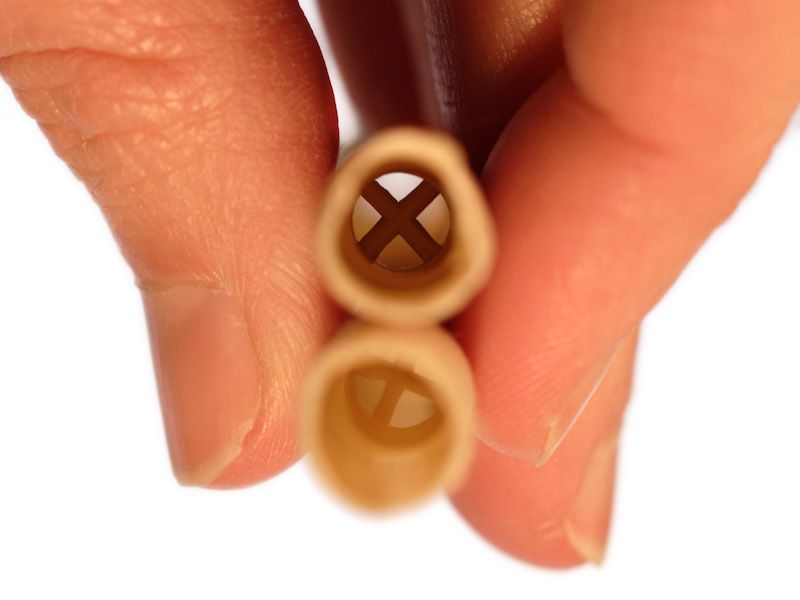
There’s a persistent belief in some groups that a practice called “ear candling” is an effective way to minimize your earwax. What is ear candling, and does it work?
Earwax Candles, is it Effective?
Spoiler alert: No. No, they don’t.
Why then do normally reasonable people routinely think in this pseudo-science. That’s a hard question to answer. But even though the rational choice is pretty obvious, knowing more about the dangers of earwax candling will help us make an informed choice.
Earwax Candling, What is it?
So here’s the basic setup: Maybe you have too much earwax and you’re not quite sure how to eradicate it. You know you’re not supposed to use cotton swabs (which is good, cotton swabs are not a great way to clean out your ears, in most cases). So you start looking for an alternate and discover this approach known as earwax candling.
Here’s how earwax candling purportedly works: By inserting a candle in your ear (wick side out), you cause a pressure differential. This pressure differential then sucks the wax out. Any wax that might be clogged up in your ear can, theoretically, be pulled out by this amount of pressure. But this hazardous technique is not a smart way to clean your ears.
Why Isn’t Ear Candling Effective
This practice has a few problems, like the fact that the physics just don’t work. It would require a significant amount of pressure to move earwax around and a candle just isn’t capable of generating that amount of pressure. Second, producing that type of pressure differential would call for some kind of seal, which doesn’t occur during candling.
Now, the candles that they use in these “procedures” are supposedly special. All of the wax that was in your ear can be located within the hollow part of the candle which can be broken apart when you’re done with your 15 minutes of ear candling. The only issue is that the same debris shows up in both used and unused candles. So this “proof” is really nonsense.
Scientific research has never been able to prove any benefit associated with earwax candling.
So we Know Ear Candling Doesn’t Work But Dangerous is it?
What’s the harm in giving it a shot, right? Well, you’re asking for trouble whenever you get a hot candle near your ears. Look, it’s very possible that you might try ear candling and walk away completely unscathed. People do it regularly. But that doesn’t mean there aren’t risks involved, and it certainly doesn’t imply that ear candling is safe.
The negative impacts of ear candling can include:
- You could cause significant damage when you mess around with an open flame and potentially even put your life in danger. You wouldn’t want to burn your house down, would you? Getting rid of a bit of earwax isn’t worth that amount of risk and danger.
- Severe burns to your inner ear. When melted candle wax goes into your ear, it can cause extreme hearing issues and burns. In the most severe cases, this could permanently damage your hearing.
- Once the wax cools down it can clog up your ear canal. This can cause temporary hearing loss or, in the most extreme cases, require surgery.
You Can Keep Your Ears Clean Without Needing a Candle
In the majority of circumstances you won’t even need to be concerned about cleaning earwax out. That’s because your ears are really pretty good at cleaning themselves! But you could be one of those individuals who have an unusually heavy earwax production.
If you do need to clean out your ears due to too much wax, there are scientifically-proven (and effective) means to do that safely. For example, you could use a fluid wash. Another option would be to consult a hearing care professional for an earwax cleaning.
You should continue to avoid cotton swabs. And open flames are not good either. Earwax candling is a technique that has no benefit and will put your ears, and your entire person, at substantial risk of damage and injury. So maybe it’s time to put those special candles away.